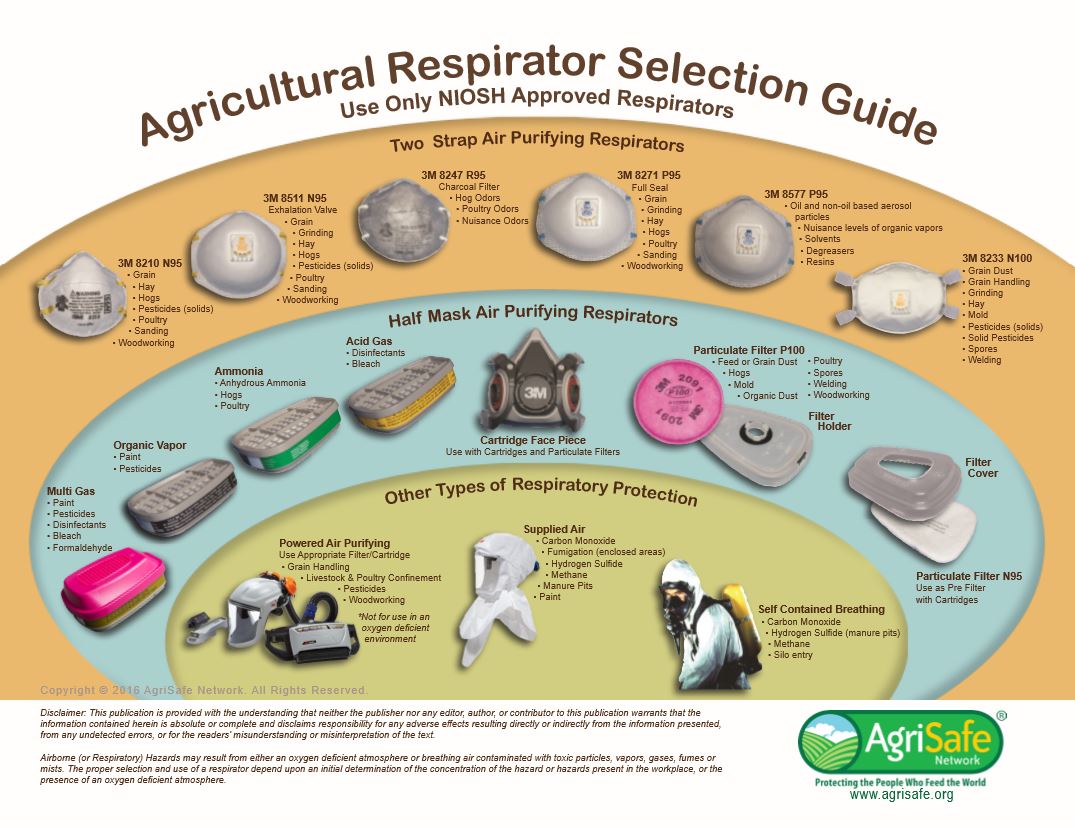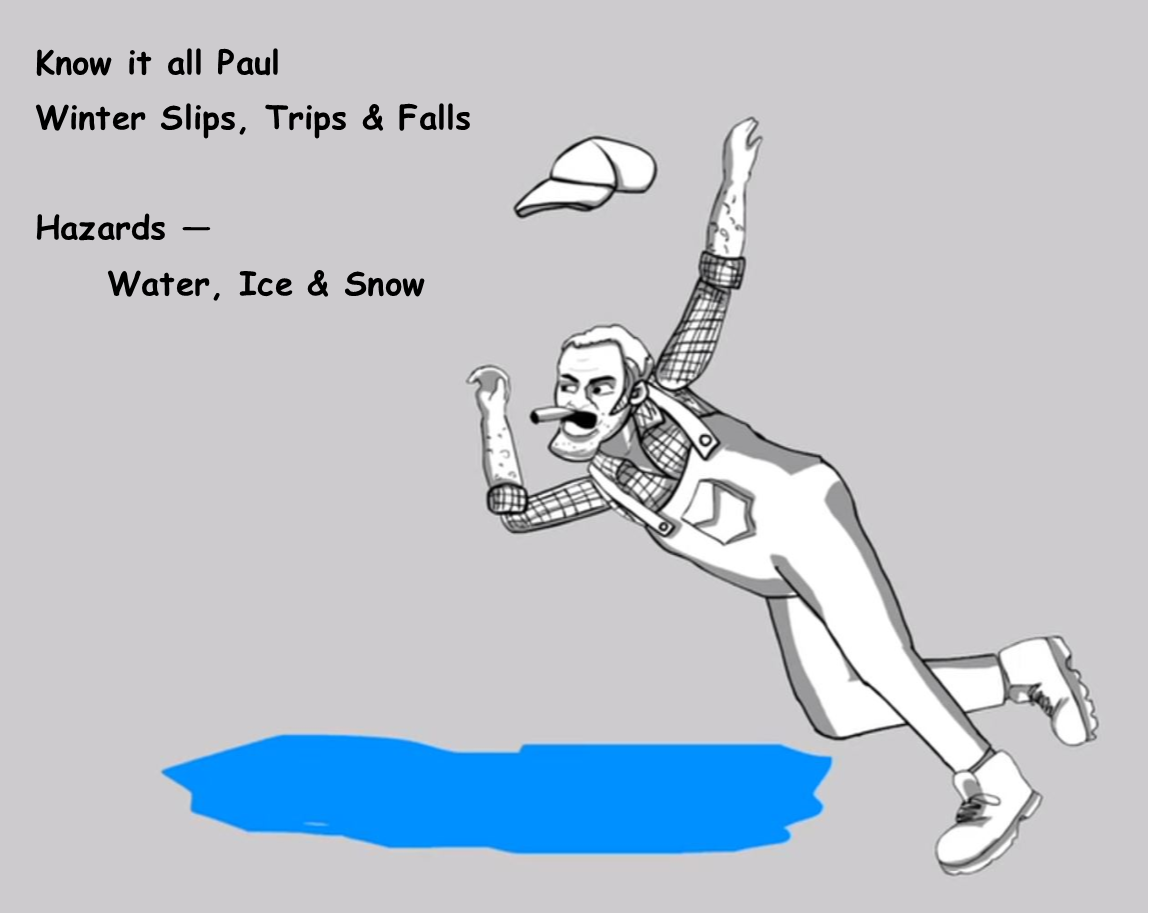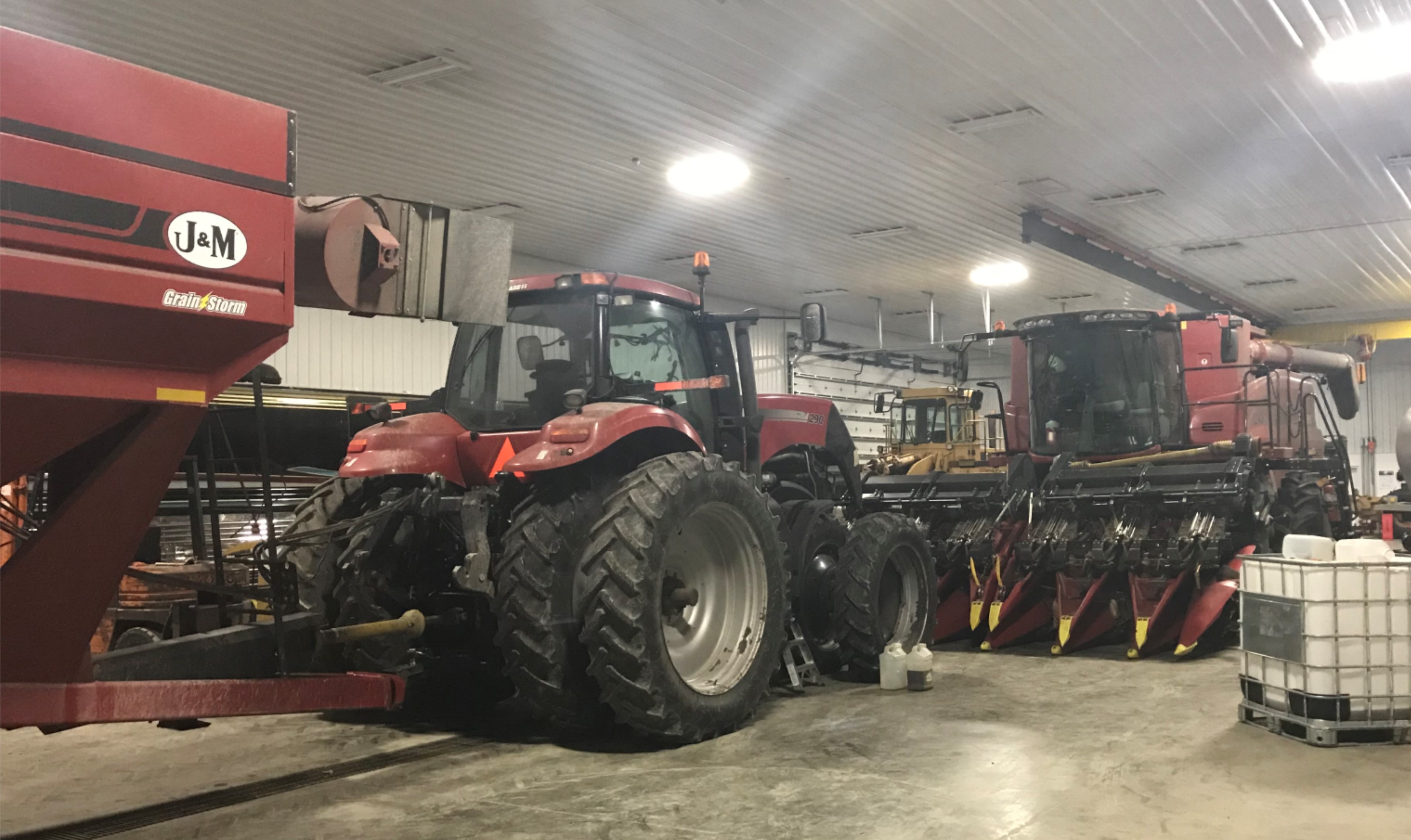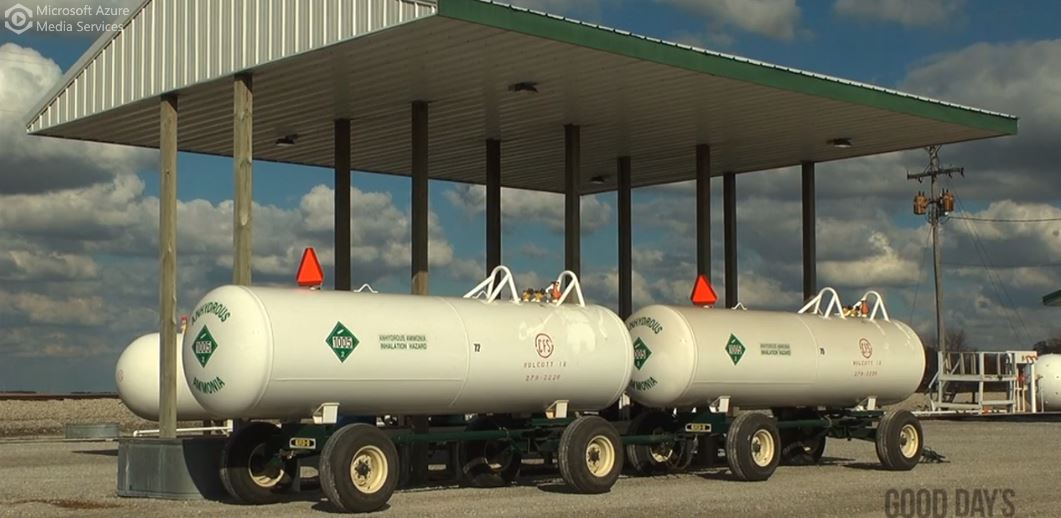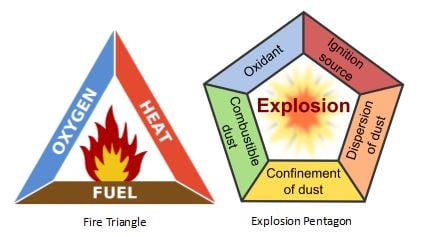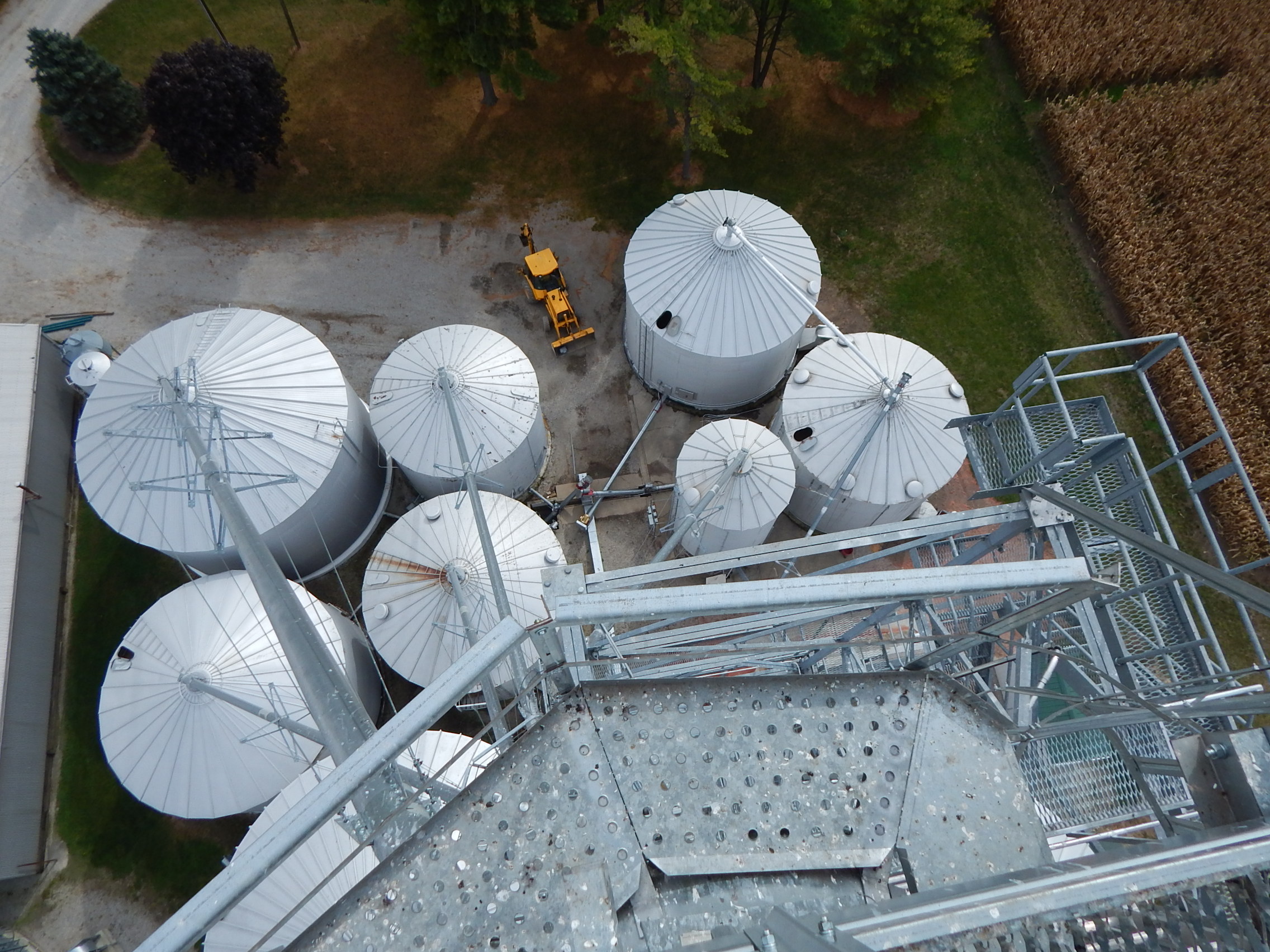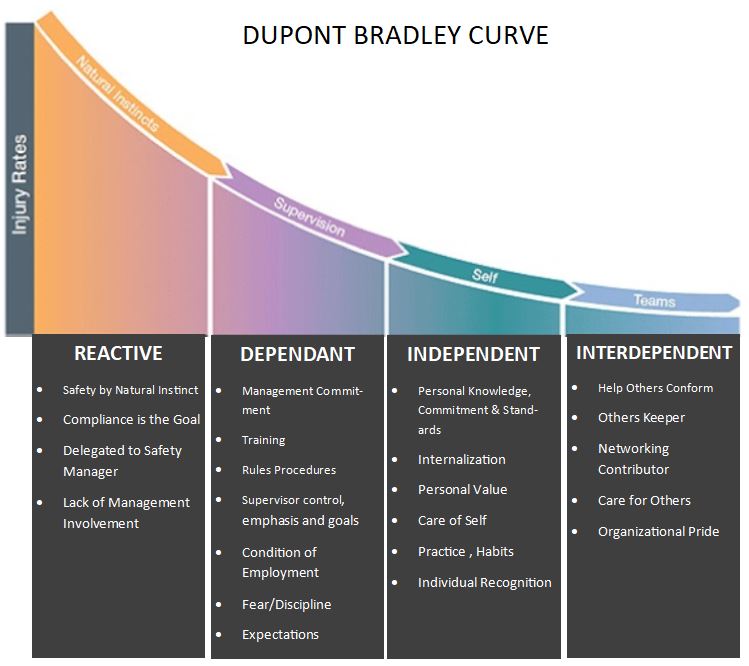December is upon us and it’s time to look at your safety program for 2018. With everything you’ve accomplished in 2017, what is going to move your program forward for 2018?
When I managed a fast growing company earlier in my career, goal setting made a crucial impact on the success. It forced me to look much further out into the future, envision where the company could go and create how we were going to get there. No matter where you are today with your safety program, moving your program forward is key to lowering workers’ compensation claims, improving employee safety IQ and having active participation in developing safety culture.
Let’s look at 3 steps to consider when putting the 2018 goals and plans together.


